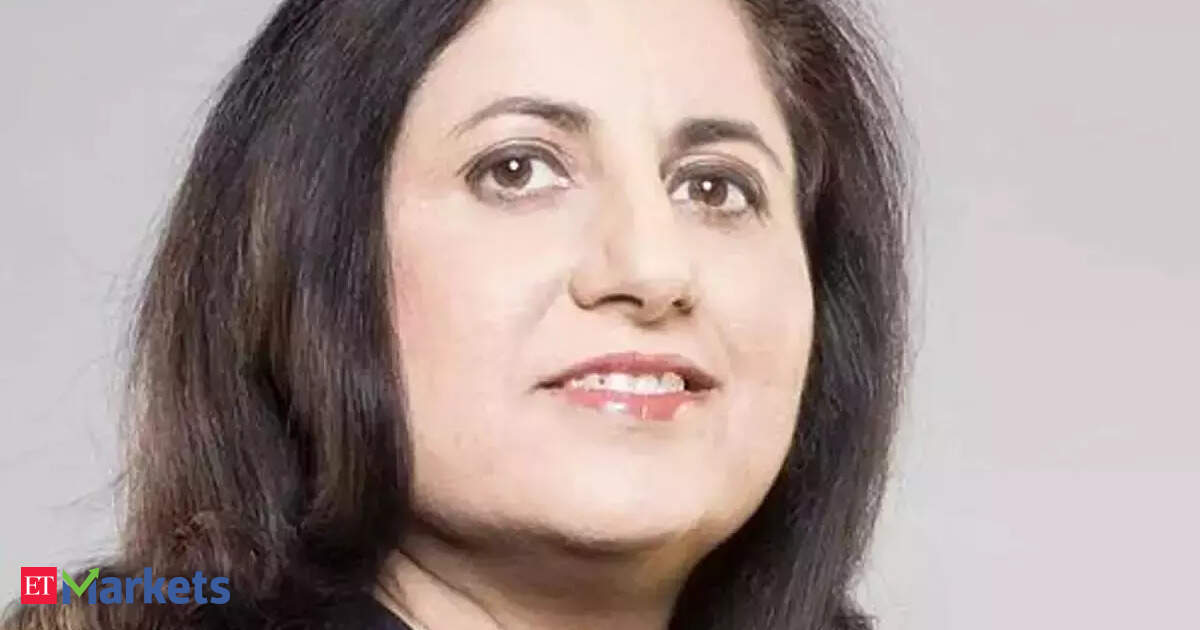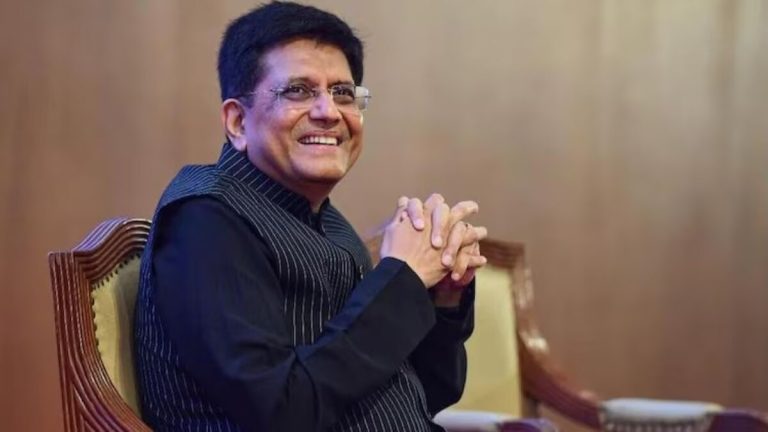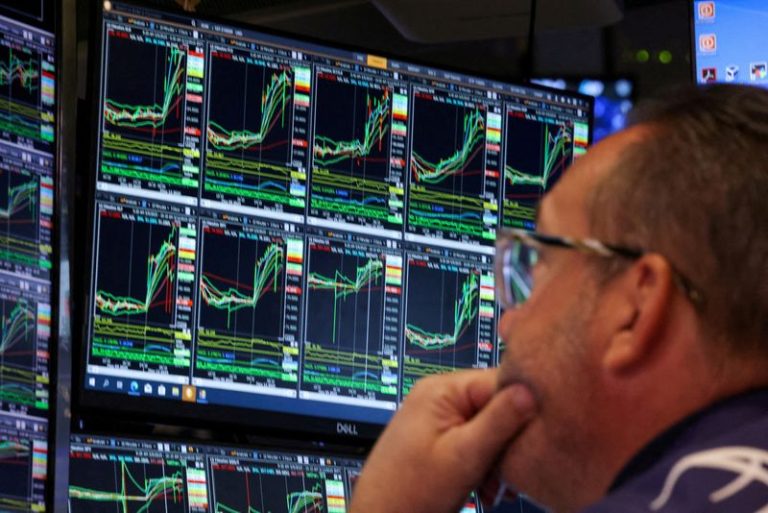Punita Kumar Sinha: Well, what is in focus right now is the big beautiful bill that just being passed by the house in the US and that is going to have an impact on both US markets, US economy.
It will have implications for currencies, US bonds, and indirectly that will impact some of the other global markets. So that is quite the most recent kind of development that could have long ranging impact because the fiscal deficit in the US is going to rise in the short term that would obviously have an impact on both the dollar and the US bond yields potentially and it will also have some impact on spending patterns over time, the healthcare sector, so that is kind of the focus plus the data that has come out of the US right now is not showing that there needs to be further rate cuts, at least the economy seems fairly better than expected in terms of employment, so that is another area that people are going to, investors are going to focus on is will there be more rate cuts or is President Trump going to try and push out power and get a new governor for the central bank in the US for the Fed and therefore, there could be some change in stance.
So, those are the important events that at least US markets and some global markets will focus on. India seems relatively insulated from these developments and we seem to be dancing to a different tune. So, still we are focused very much on what is happening within India where things seem to be generally fairly good. The monsoons have been good and credit off take is picking up a little bit, inflation is mild, and the market is beginning to recognise some of these facts.
So, what should one do in this kind of market? When you flagged off, there are multiple concerns around us.
Punita Kumar Sinha: I mean, there are some concerns obviously. Valuations are a concern. While FIIs have started putting money back into India, the money that is flowing into other markets is actually far higher than what is coming to India. And if you look at the performance of the markets globally, year to date while it seems like India is doing well now and things have turned around in the last couple of months; if you look at year to date European markets have done a lot better; a lot of other EM markets have done a lot better than India. So, India has really not been an outperformer this year even though last few months seem to have seen some strength, but relatively to other markets we are not the best performer and that goes back to the one single concern that has always weighed on India which is valuations.
So, at what level this global strength to your mind will get challenged? Could it start with reversal of dollar? Could it start with GDP data? Because while we may argue about the state of the economy, the fact that US markets at an all-time high, the harbingers like Nvidia, they have made a new high, that is clear indication of where the appetite right now is moving.
Punita Kumar Sinha: See, the thing is that US and India have been the best performing markets globally over the last decade. And given the demographics and the growth cycle that we are in in India, I do not think that is going to get derailed by much of the global concerns or any global events to a very large extent.
So, longer term, medium-term, India obviously is well positioned to capitalise on all the trends that are in favour of our economy here. So, short-term yes, there could be some concerns that emanate time to time and that causes some corrections, but longer term the investors will have to keep focusing on India. Now, we have to obviously worry about the fact that the geopolitical situation is still quite uncertain and what that means for commodities, what that means for currencies, and right now the markets seem to be ignoring every risk out there.
And so, one should start also be thinking of the risk-reward trade off. And given where valuations are, given that there are risks out there that the markets have ignored in the last one month or two months, that there could be some rationalisation and some repositioning of portfolios as a result of that.
But coming to the India growth story, select pockets that you were betting on was NBFCs and India’s consumption story as well. But given the runup in NBFC specifically, are the valuations still reasonable?
Punita Kumar Sinha: Well, if you look at the last several years, the NBFC sector, the financial sector has been quite a bit of laggard and so to that extent given good monsoons, the credit cycle is going to keep on improving from here, at least that is what the current data is showing and therefore, there could be more upside in the financial sector. Obviously, there is a large universe of stocks to choose from.
So, you will have to be, obviously the investors will have to become more focused on individual companies and their own growth trajectory versus just a sector trend. The last couple of months has been the whole sector has done really well for the most part except the private sector banks. But even some of the private sector banks have done well, but some others have not. But going forward this sector still does offer value and one will probably have to be more selective.
Soon, we are going to have the earning season as well. Tell me in this Q1, where is it that you are anticipating the positive surprises or the big disappointments?
Punita Kumar Sinha: The earnings is another area of a bit of a concern in the shorter term because if you look at the earnings estimate, there have been quite a few downgrades. Also, if you look at earnings growth absolute numbers, the numbers that Indian investors are used to Indian companies delivering between 15% to 20% growth over the last decade, so that is actually considerably lower than in the past.
And given where valuations are, given the fact that we are trading at multiples again that are slightly above the 10-year averages, one would have to be more selective and growth is definitely for FY26, the numbers, as I said, are not as they have been in the past, so investors will have to start looking out to FY27, FY28, that is sort of what the data show.
What is your view on it?
Punita Kumar Sinha: Well, it is actually a complicated story. To what extent is AI going to disrupt, what our IT services sector is doing is still open to debate and the verdict is out I mean, in the sense that there is definitely going to be some change in the nature of the work that the Indian companies are doing and whichever companies are able to keep up with the new trends would obviously be winners.
So, it is going to be a mixed bag. Indian companies will really need to innovate. The interesting thing is in India itself, we do not hear much about the use of AI by companies as much as in the US. In the US, we are definitely seeing a lot of change happening. Companies are really changing, the kinds of jobs people are doing, and our IT companies are very focused on the US and so to that extent they are changing, innovating, and there could be periods of consolidation. But in the end, we will come out strong in my view.
Given the geopolitical situation that we have at play, what is the best strategy that you would advise for our viewers to have because I remember back in May when you connected with us and it was whole that India-Pak issue that was going on, you suggested that one should really be on the defensive side, one should have a defensive portfolio, have some cash in the hands as well. But what about now that given that the trade deal could be on, the earning season is approaching, what is the best asset diversification that you would like to suggest?
Punita Kumar Sinha: Well, I still maintain my view that the markets have run ahead of all the risks out there and it has actually been quite surprising that the markets have ignored all the geopolitical tensions that the world is seeing, whether it was India-Pakistan, Israel-Iran.
There is obviously Russia- Ukraine and there is a lot of tariff disputes and the markets seem to have ignored all of this.
So, I still think that one should remain cautious and also focused on the risks and in terms of asset, it is great to be diversified. And while right now it seems that small and midcaps have been the place to have been in over the last 12 months, over the last two years-three years, it has been really like a midcap, a smallcap rally in India and while in the rest of the world, in the US it has been technology.
So, there has to be some diversification from these themes and one should still focus on the company’s inherent growth rates and companies that are insulated largely from exports or global trends and focus more on India specific growth.







